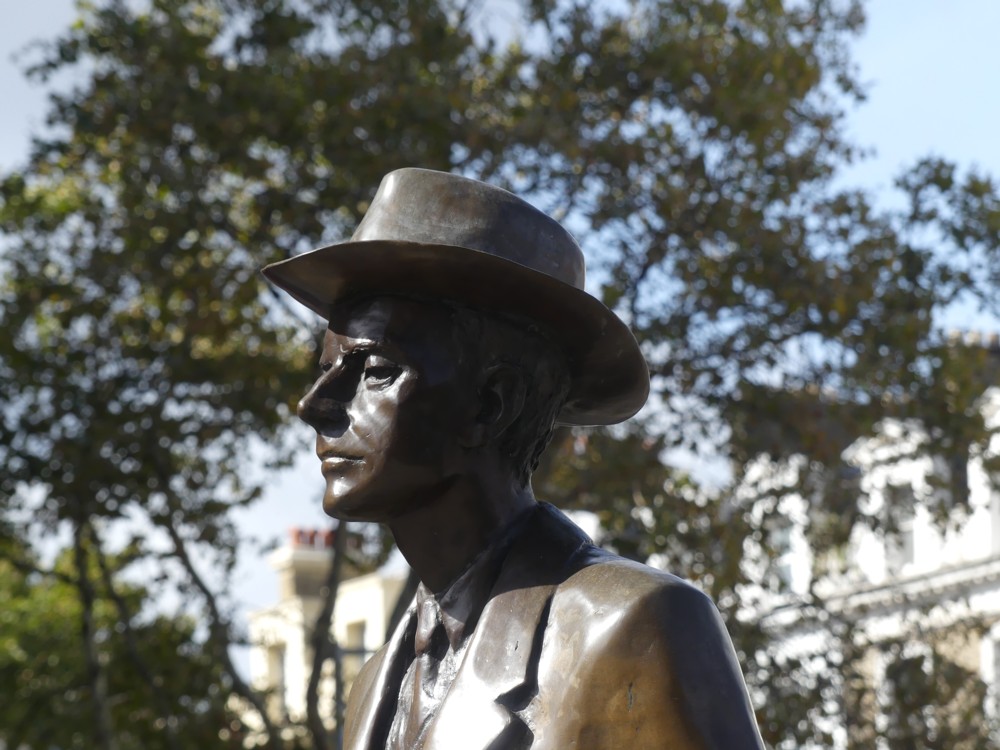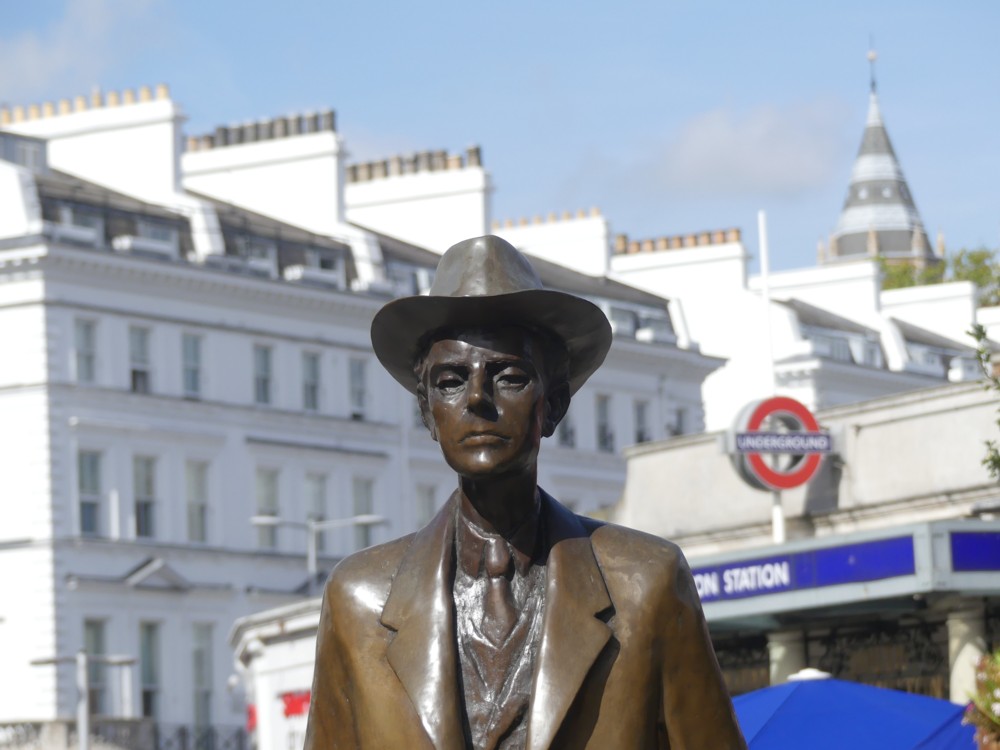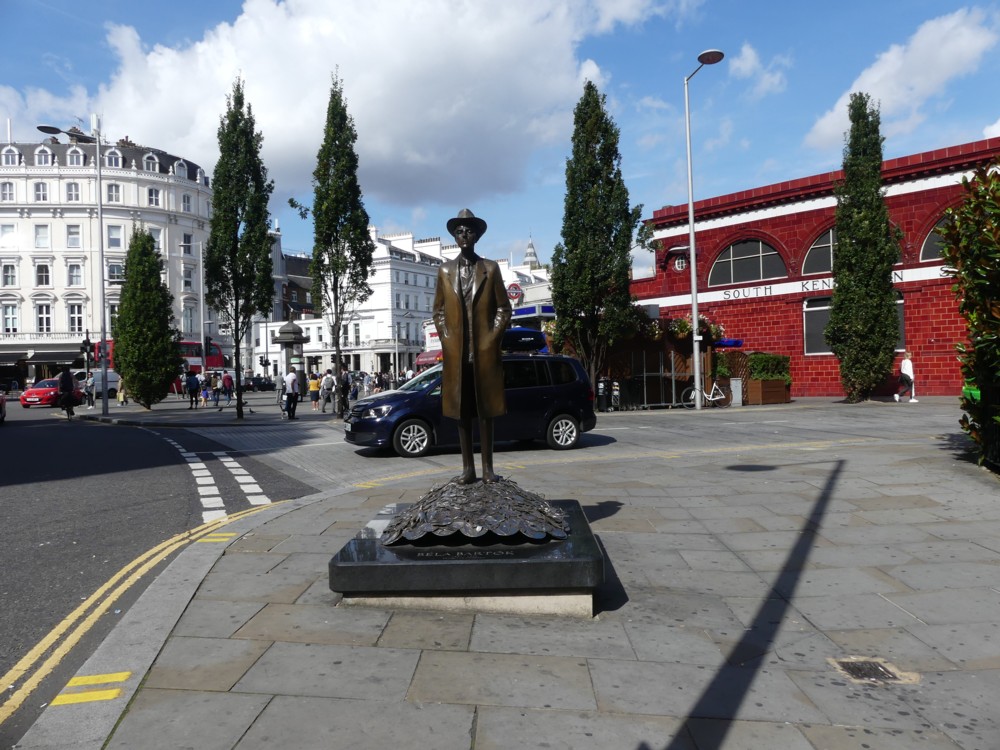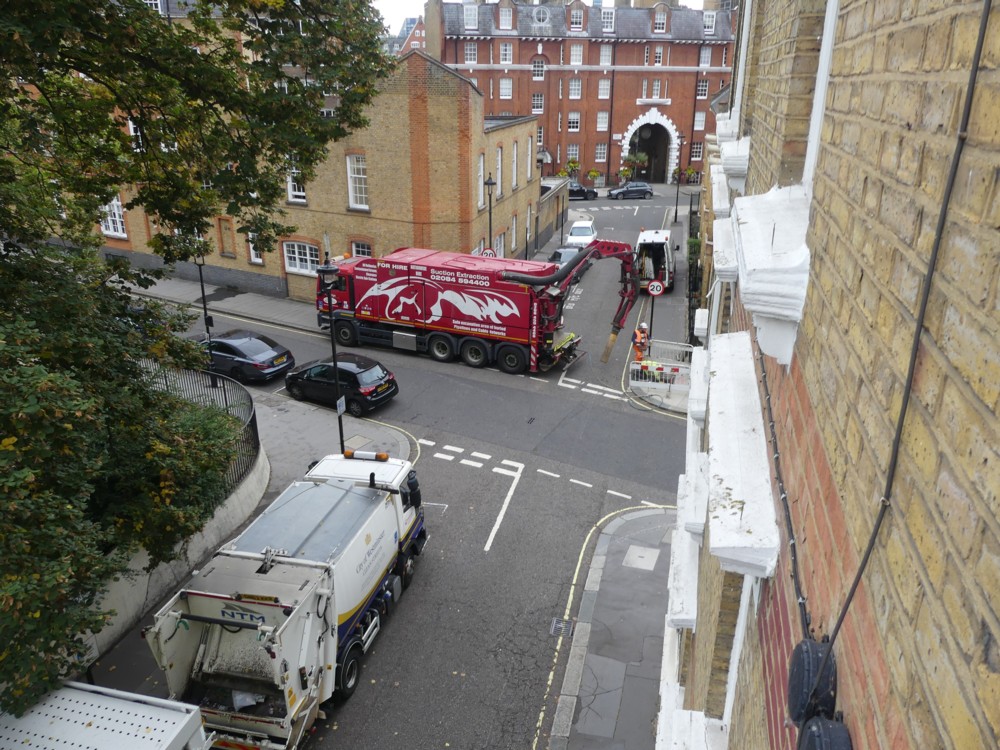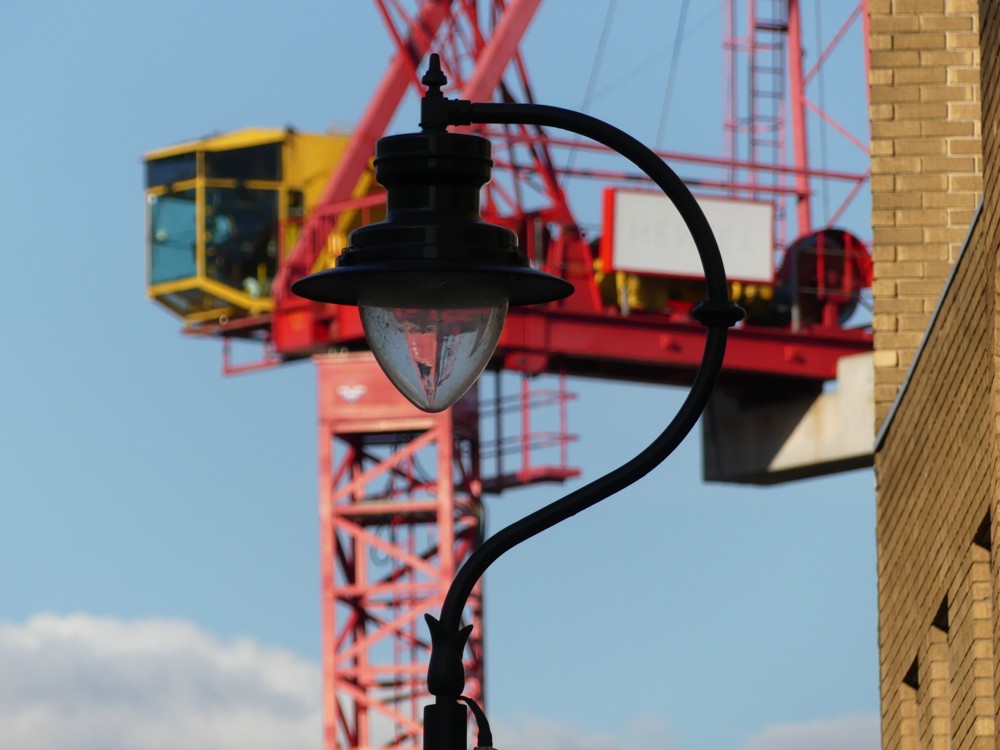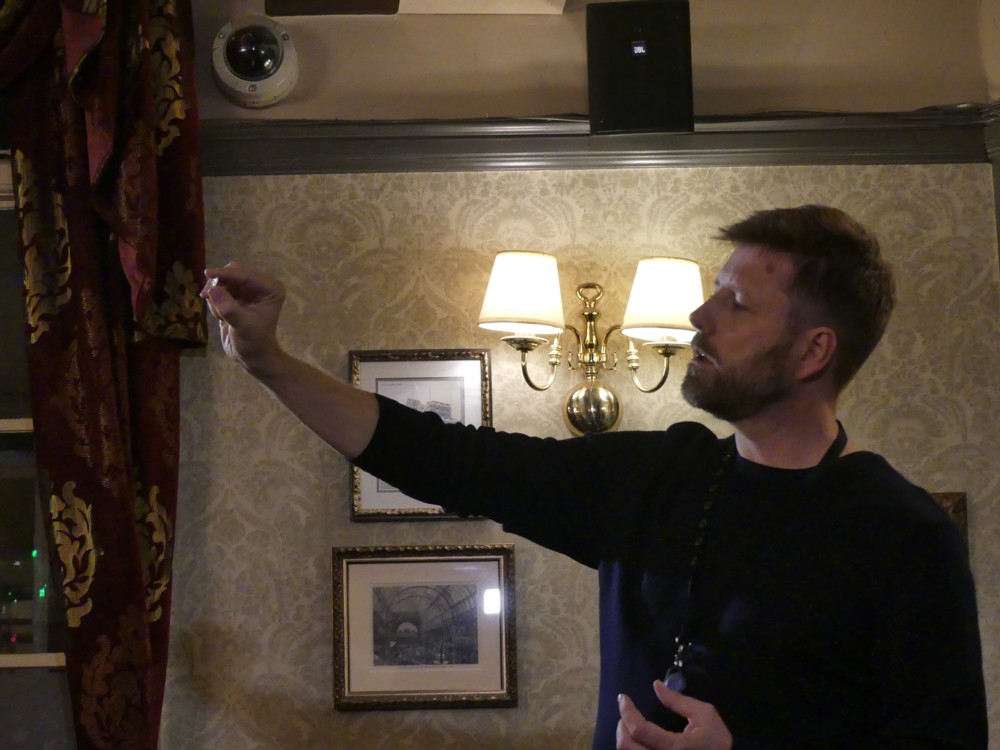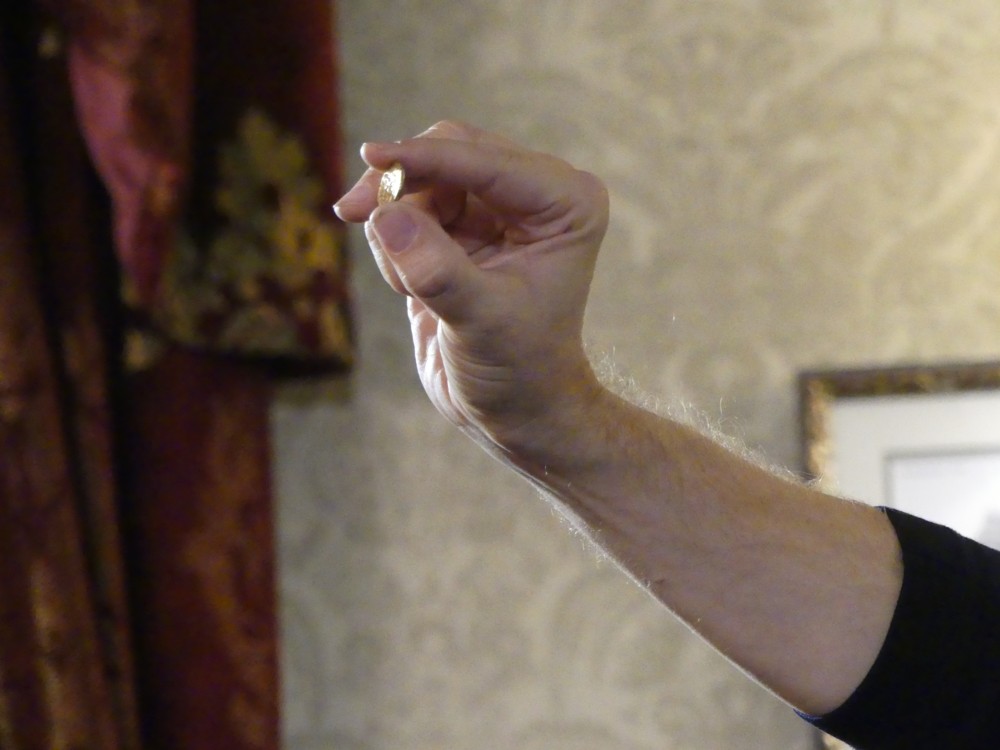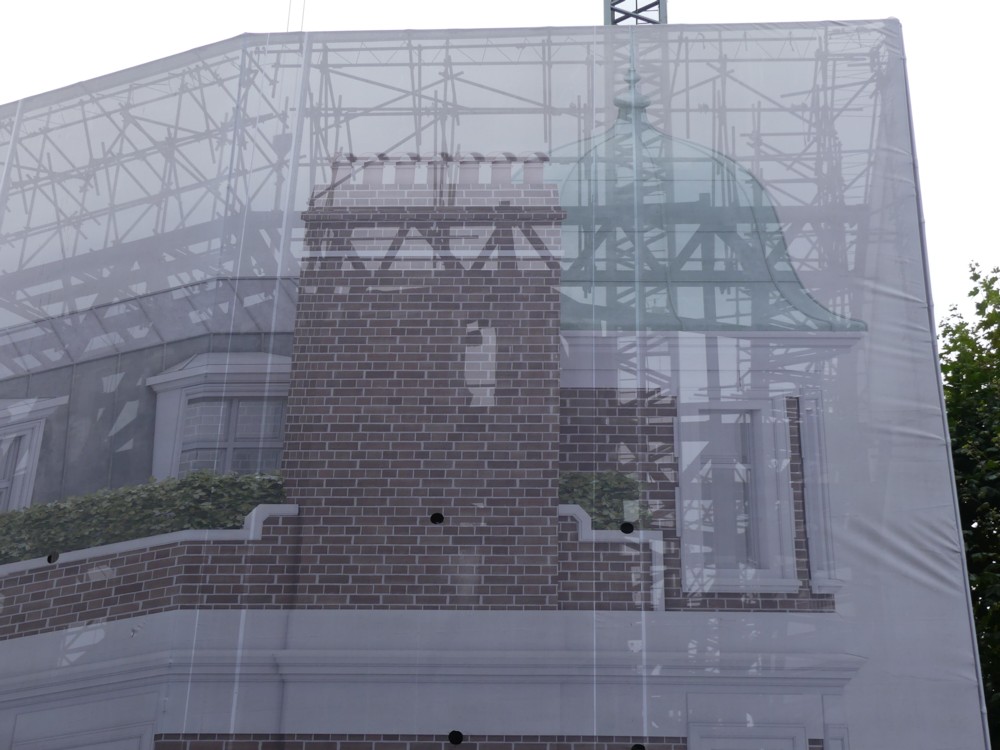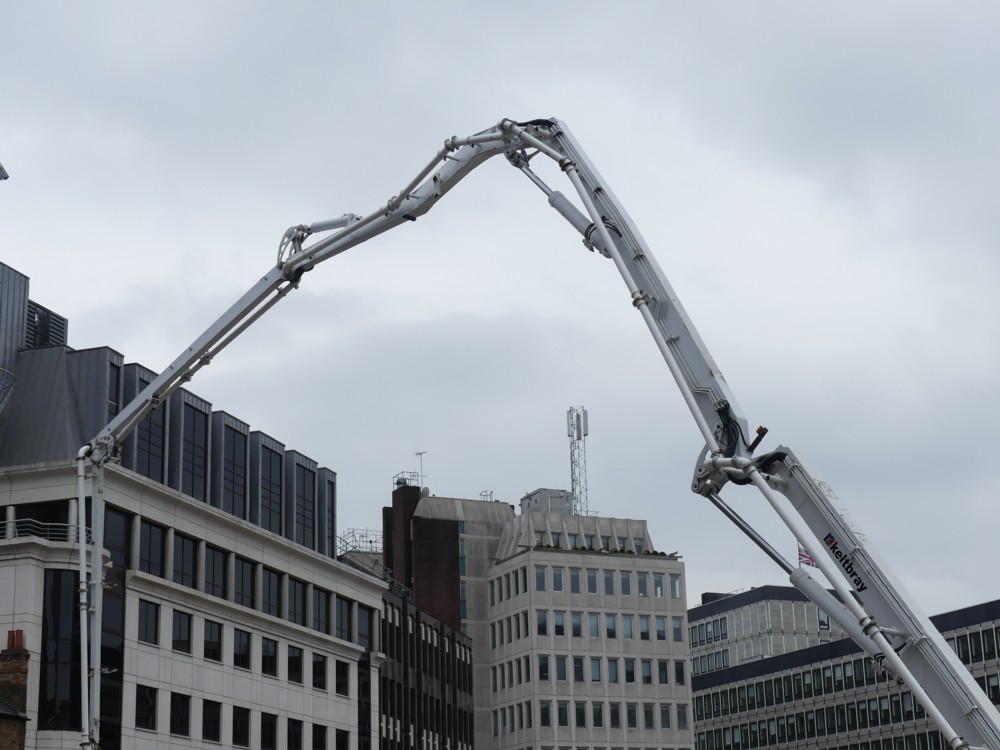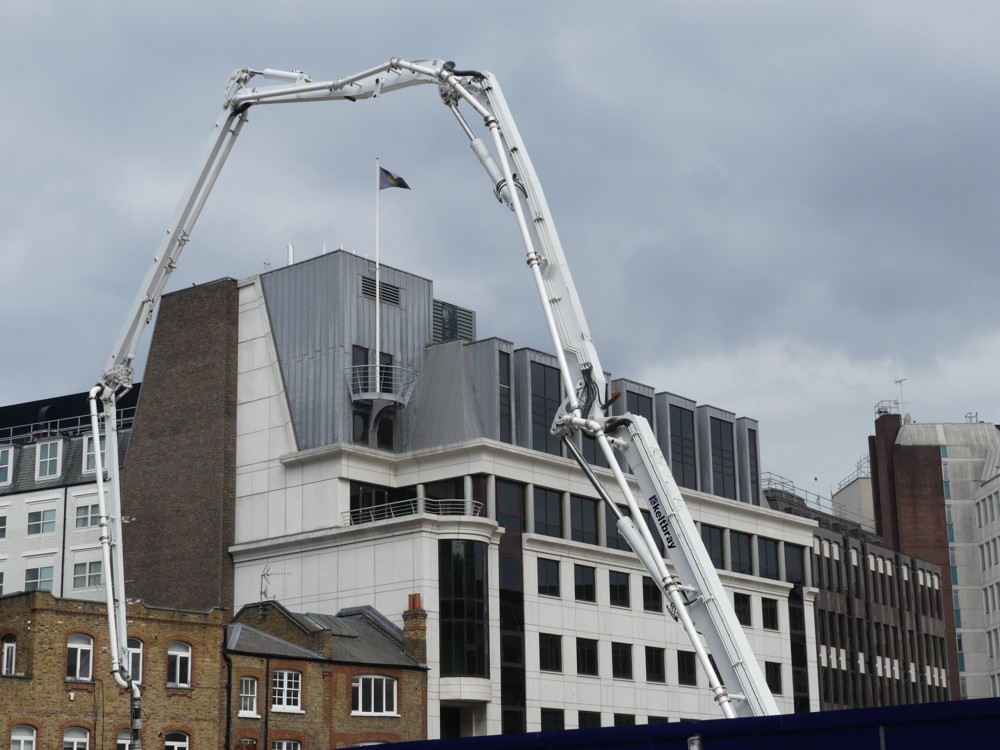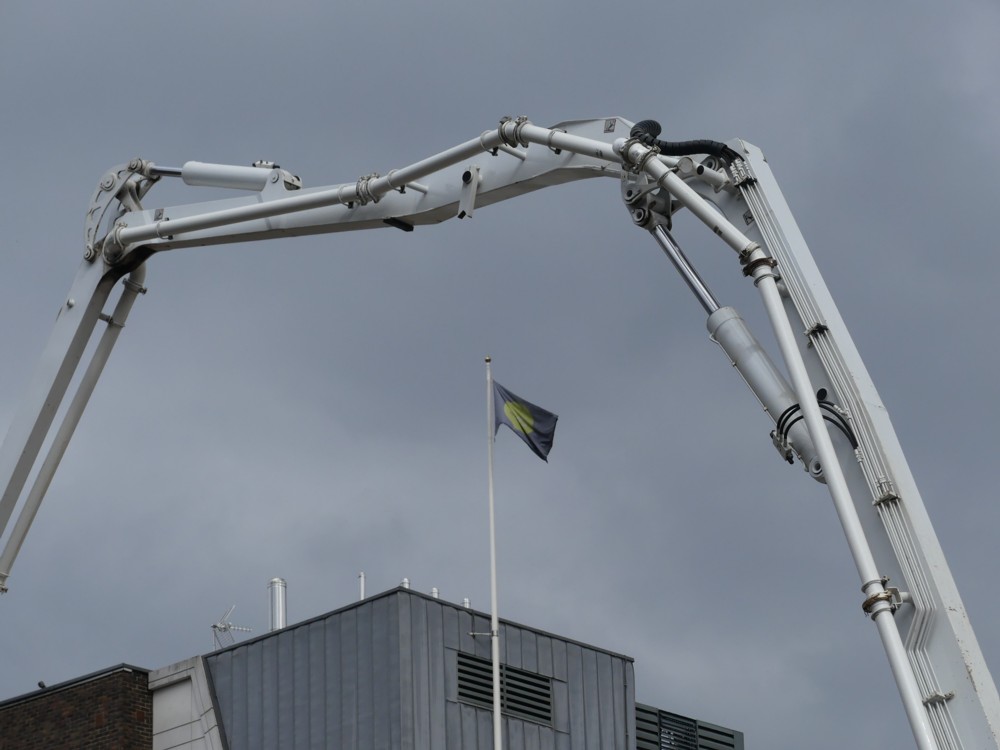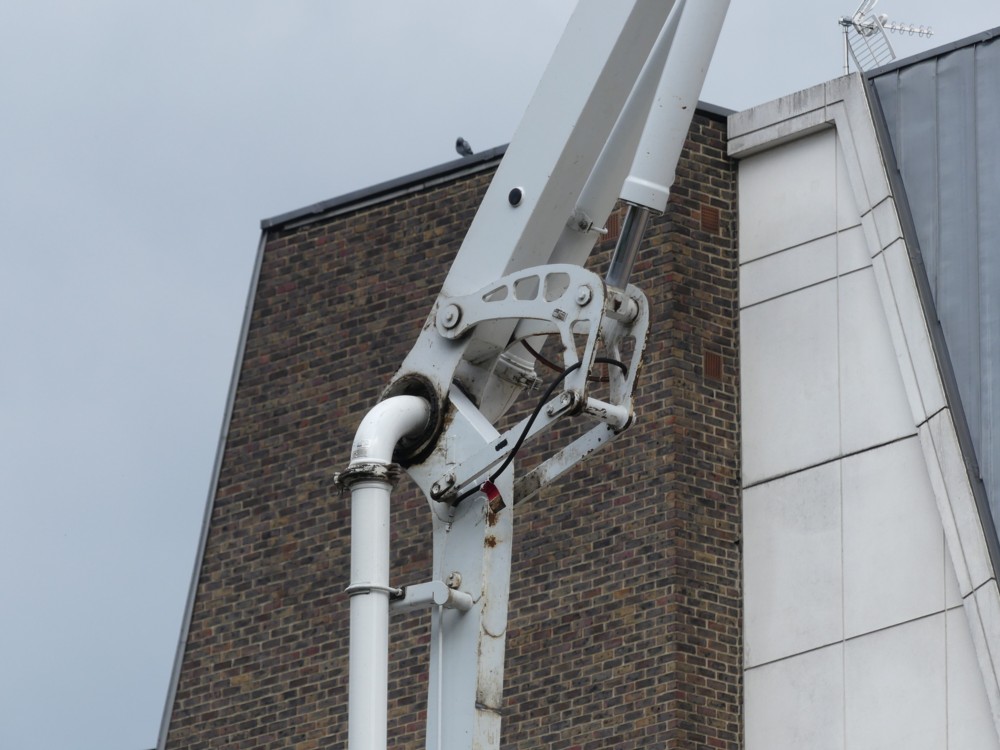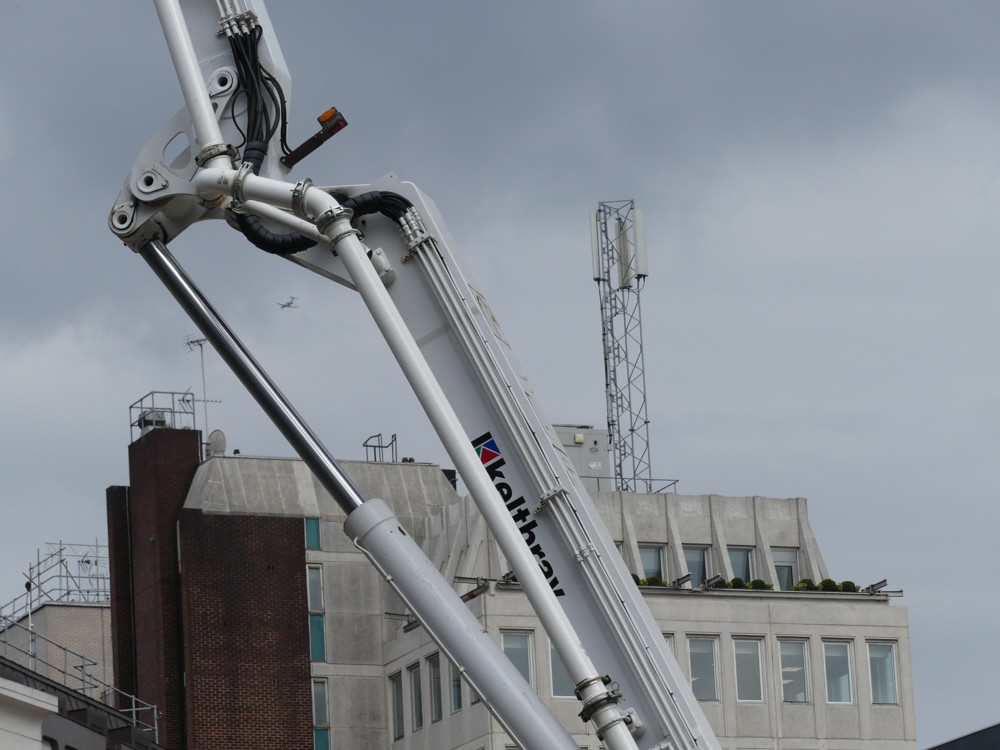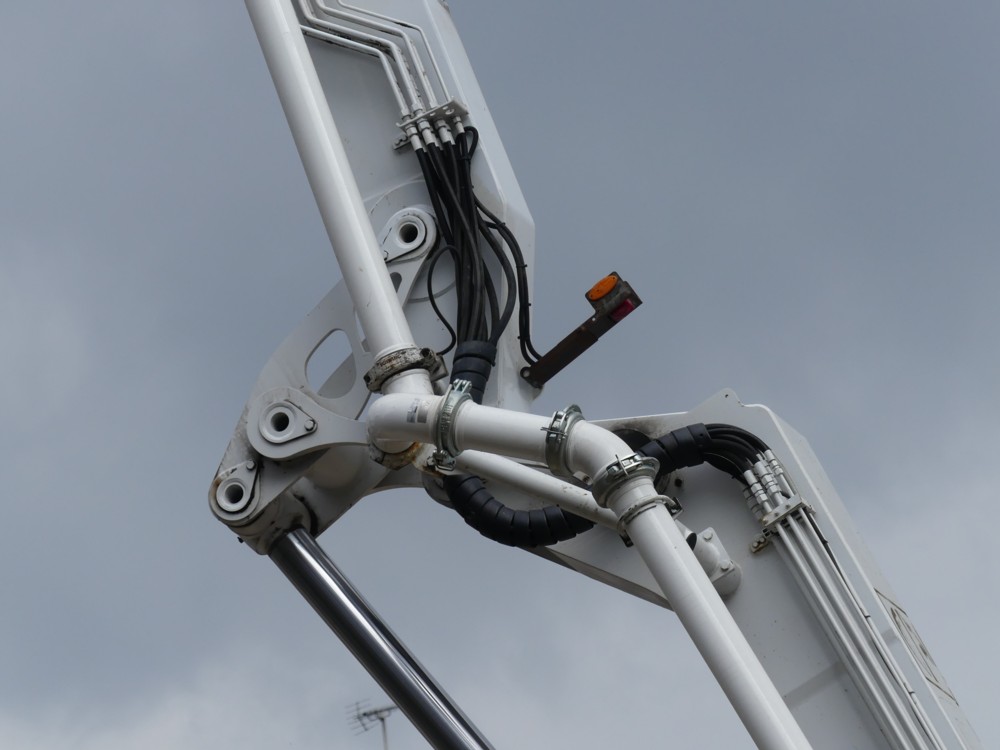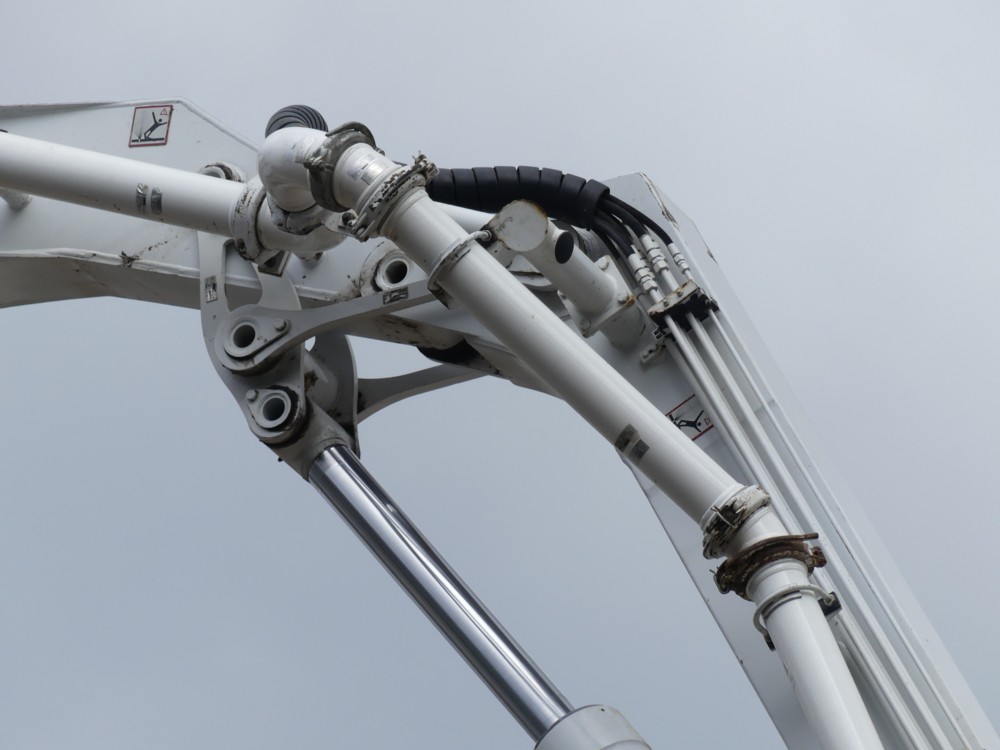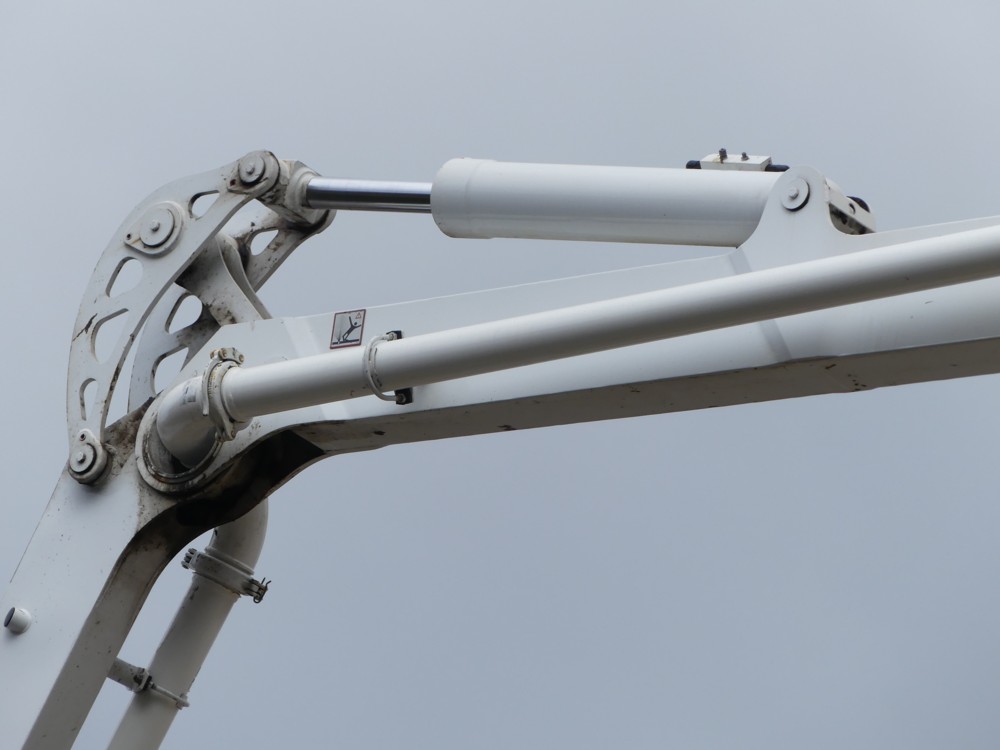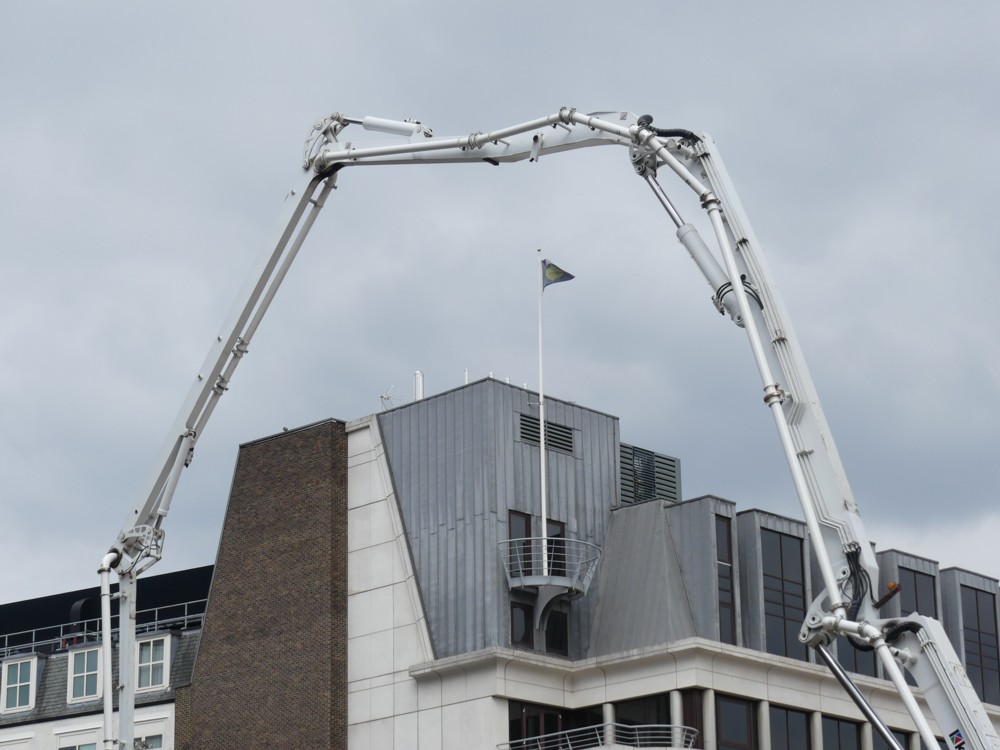I am currently reading The Closing of the Muslim Mind, by Robert R. Reilly, with a view to reviewing it for Samizdata. Brilliant. For as long as I’ve been reading this book, finishing reading it has been my number one concern. Shoving up brilliant stuff here has … not. Some Facebook friends of mine have been choosing the books that have most influenced their thinking, and this book looks like it will be added to my list.
Here is a typically illuminating paragraph from this book (on page 144 of my paperback edition – which I am happy to note is towards the end of it):
The enormous influence of Saudi Arabia today in the Muslim world is often thought by Westerners to be almost completely due to its oil wealth – petro-Islam. However, this discounts the fact that many Muslims, including in countries like Egypt, which are traditionally opposed to Saudi Arabia, see this wealth as a direct gift from Allah. Can it be only an accident that these treasures are under the sands of this particular country? No, they must be there as a reward to the Saudis for following the true path. Why else would the oil be there? – a question that has to be answered not by geologists, but within the understanding that God has directly placed the oil there as He directly does all things. The presence of petroleum gives credence to the Saudi claim that its Wahhabi form of Islam is the legitimate one. It is because of the oil that other Muslims are willing to give this claim consideration. This is why Wahhabism has spread so significantly, even in parts of the world like Indonesia that would seem, from their cultural backgrounds, to have little sympathy with its radical literalism. Therefore, it is not only through Saudi oil largess but also because of where the oil is that Wahhabism enjoys such prominence.
For the sort of Muslim Reilly is writing about (and that’s a hell of a lot of them), what we in the West refer to as “reality” is continuously created by Allah, in a succession of miraculous whims. Even to study the laws of nature is to presume to place limits on what Allah might choose to do, and is accordingly a blasphemy. Whatever happens was done by Allah, and is accordingly right. Might is right.
And if the Saudis have most of the financial clout in the Muslim world, that means Allah must be on their side.


